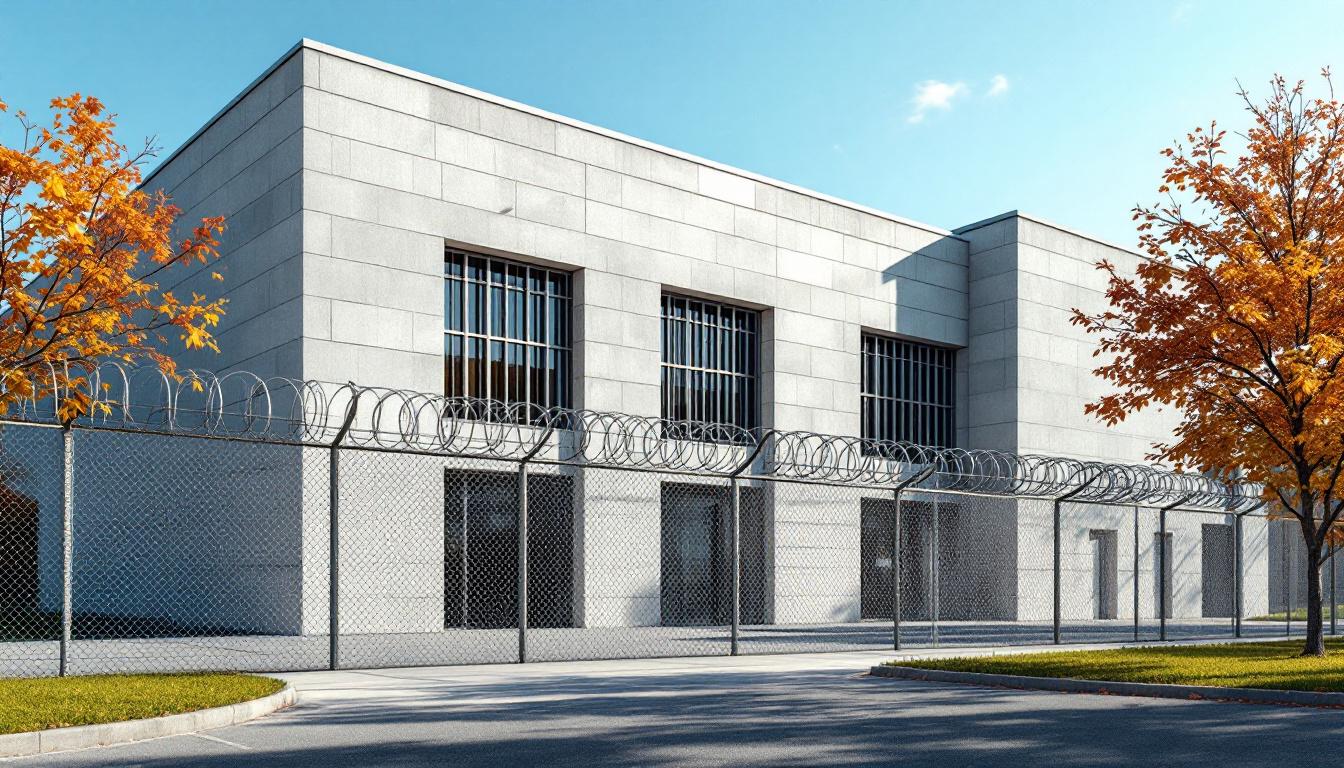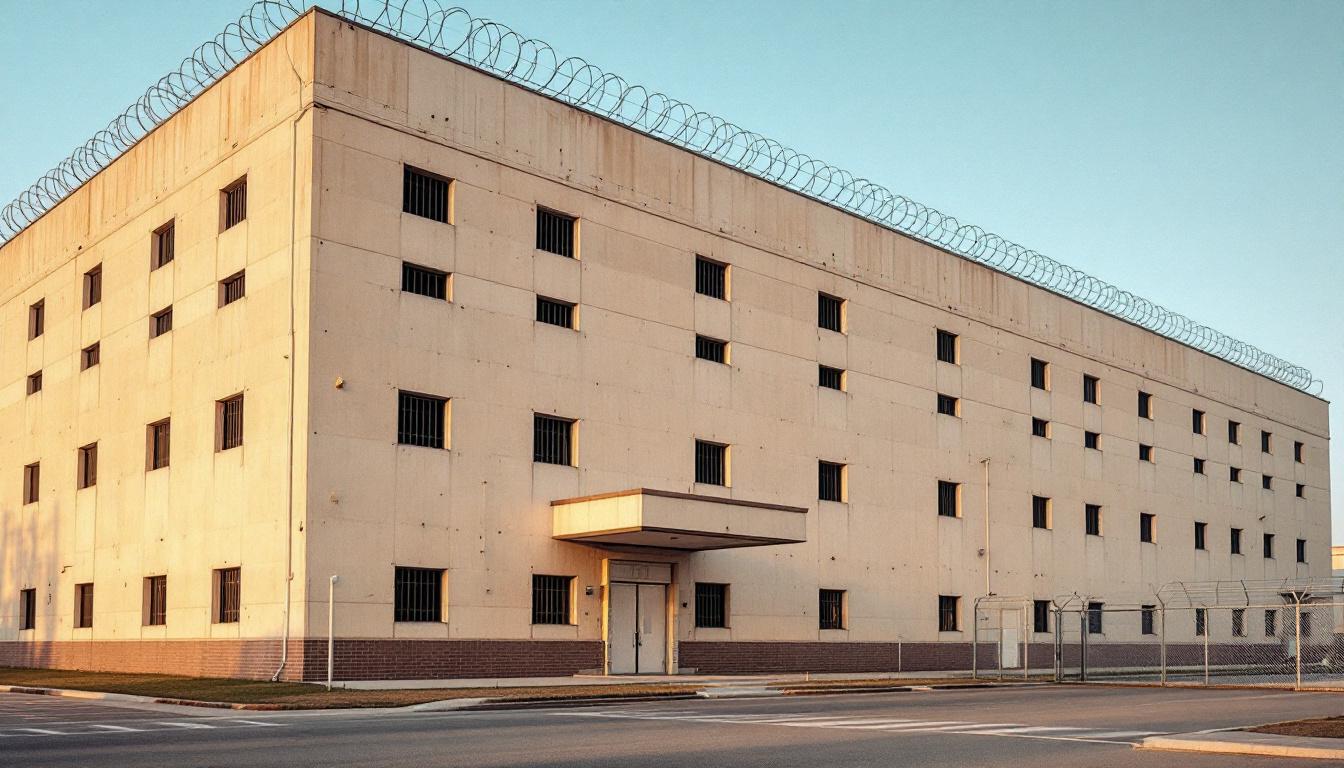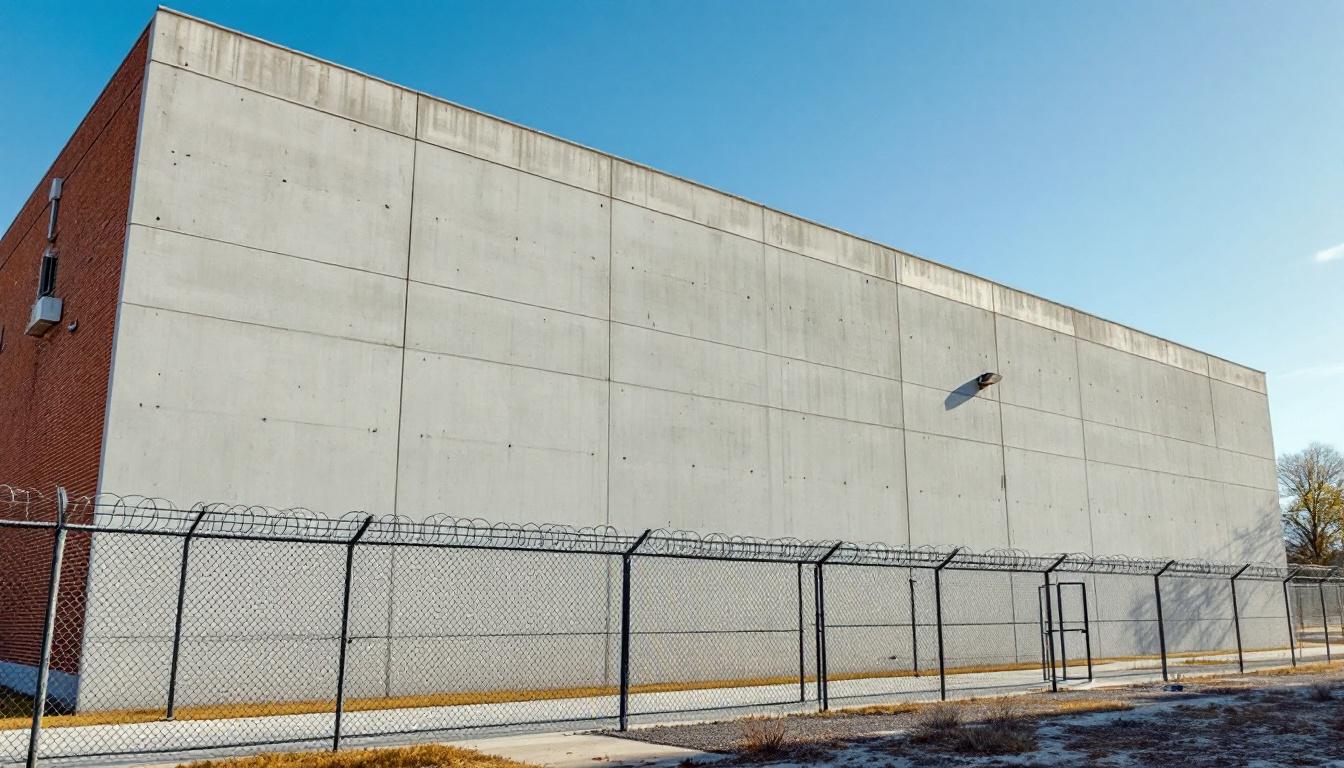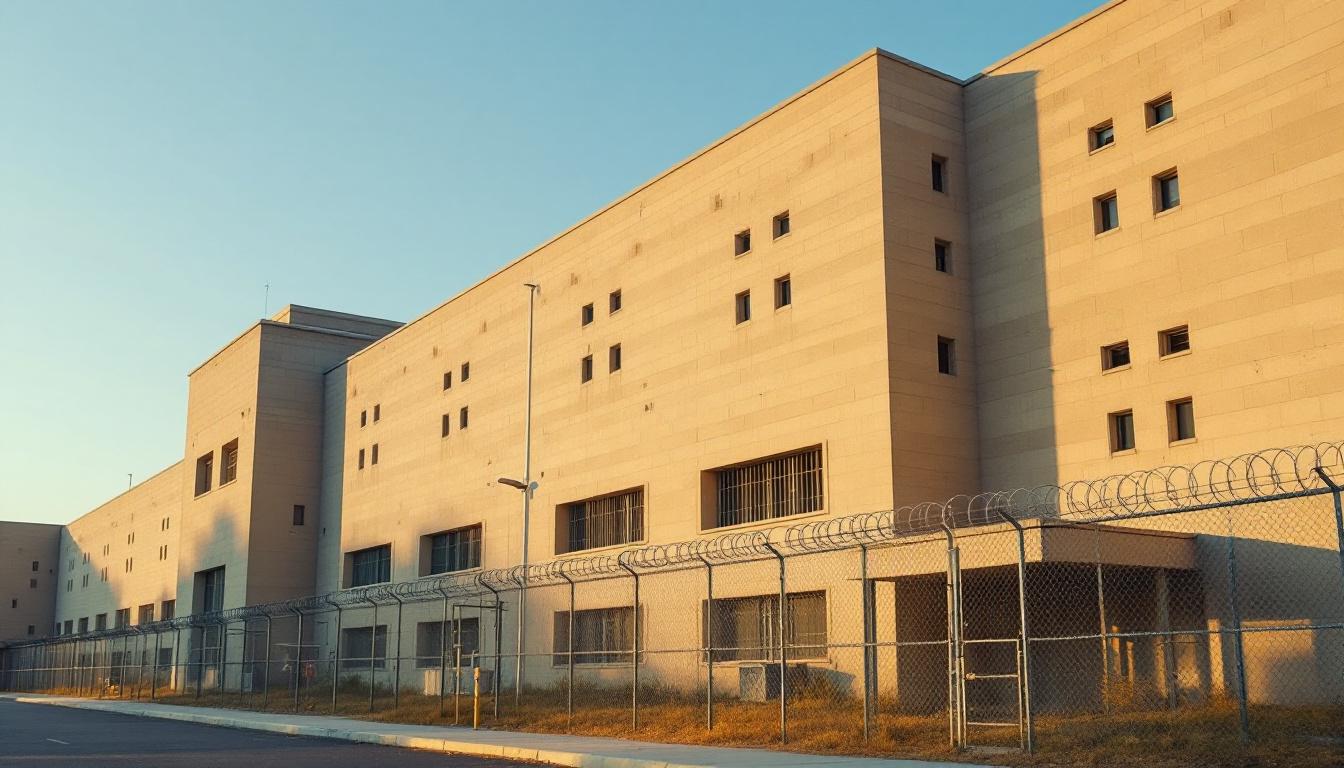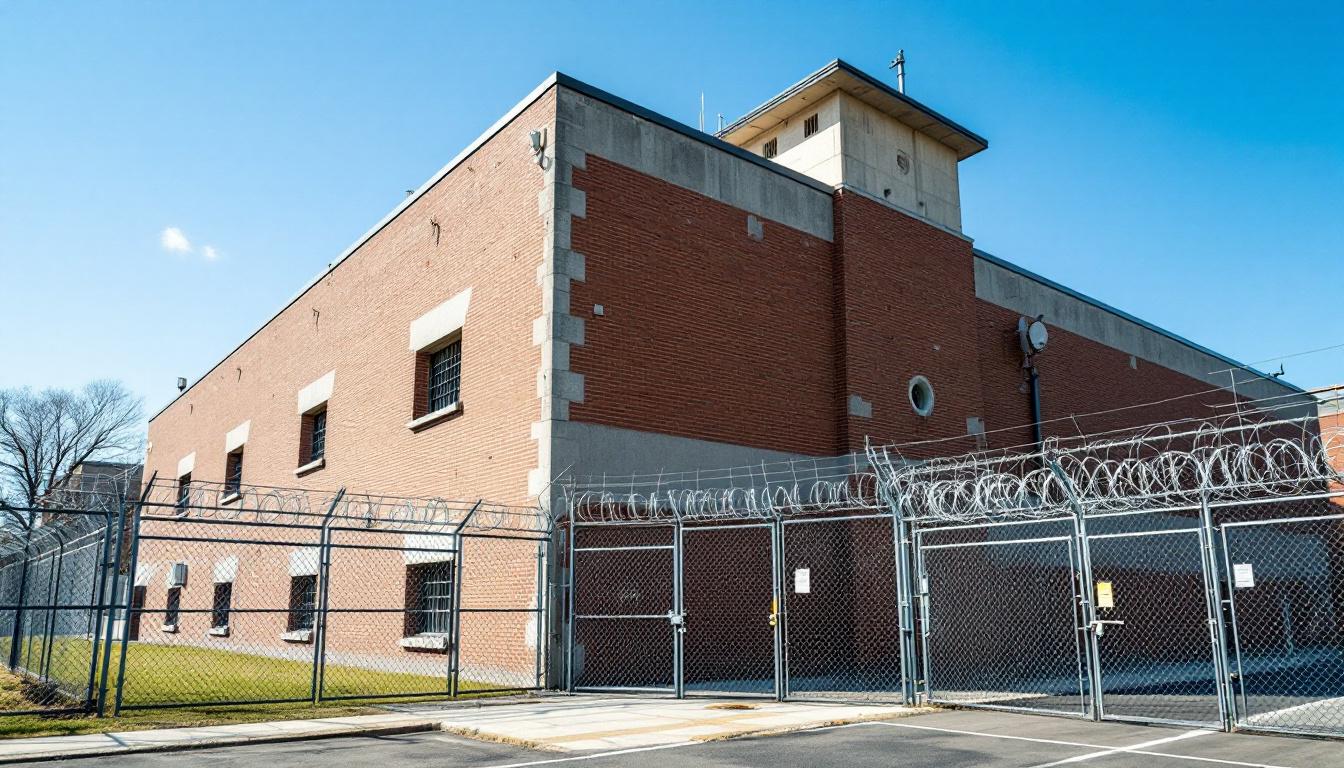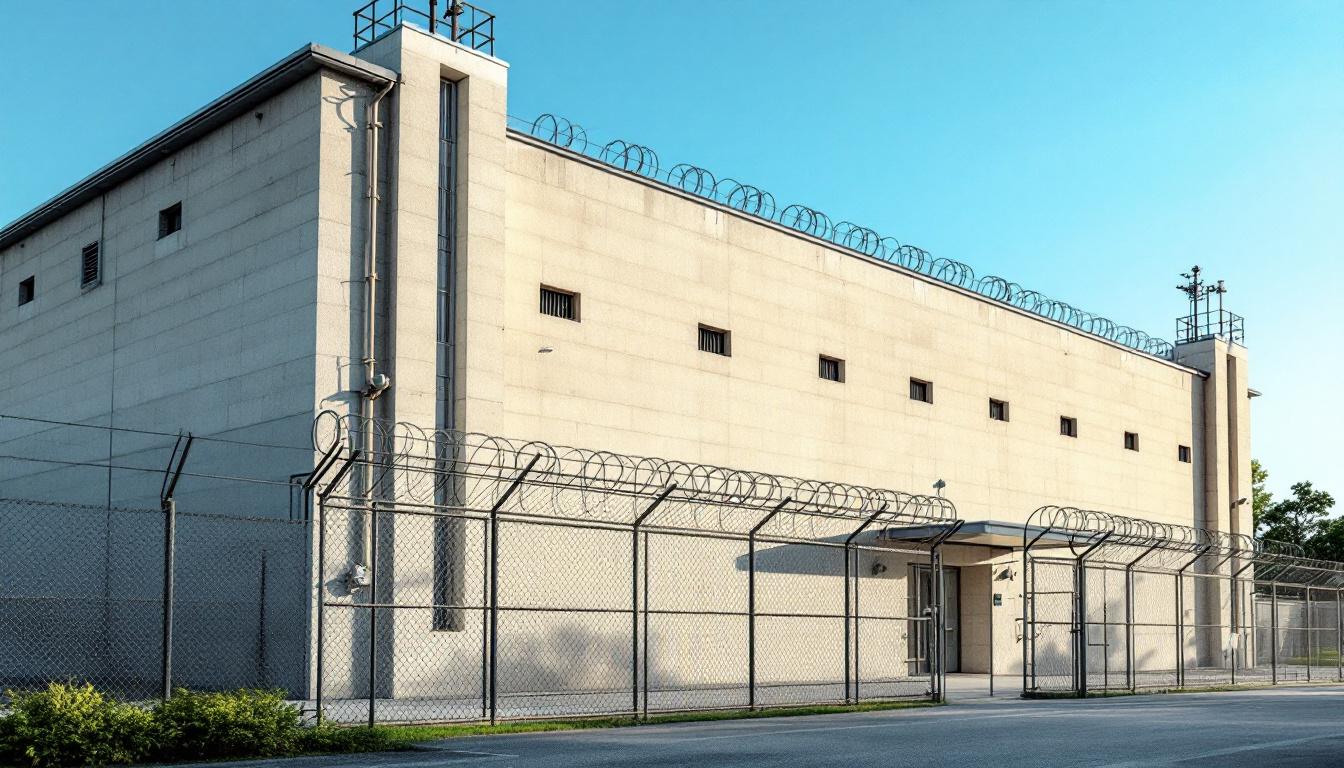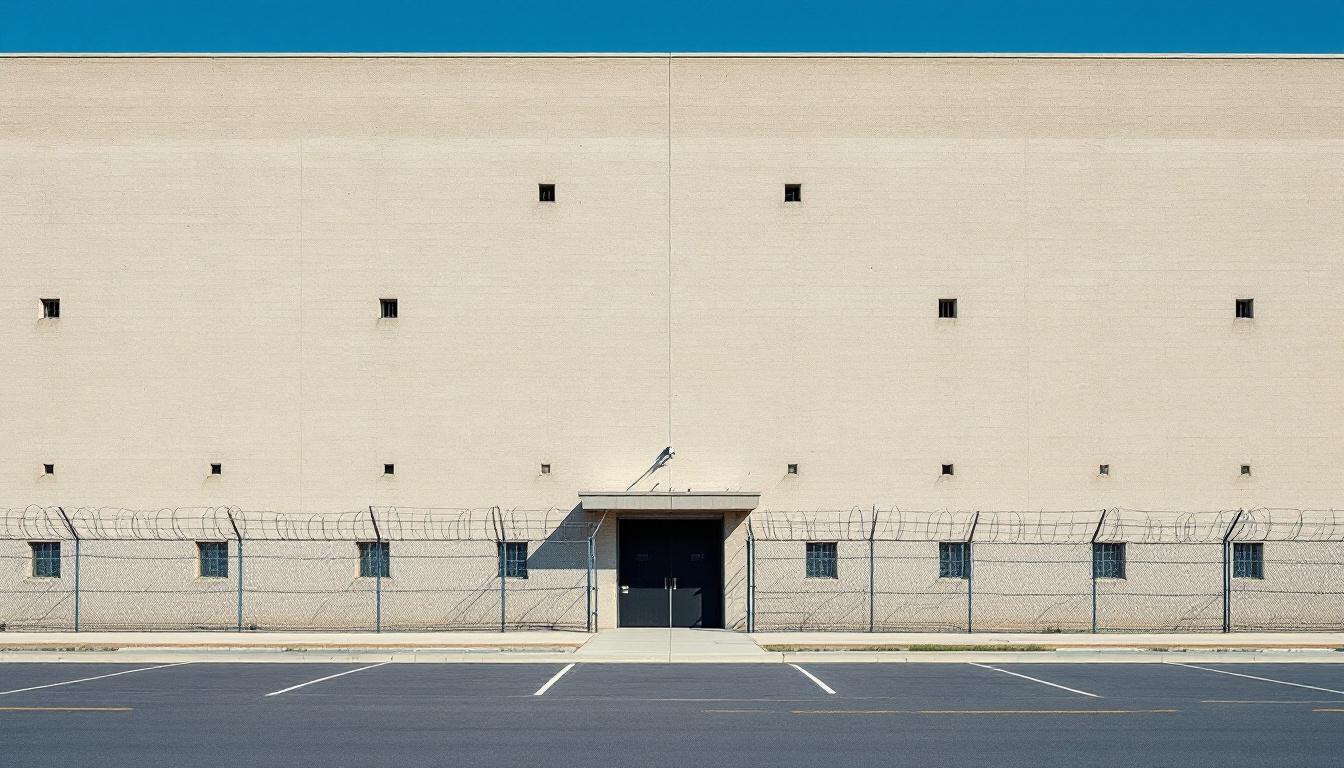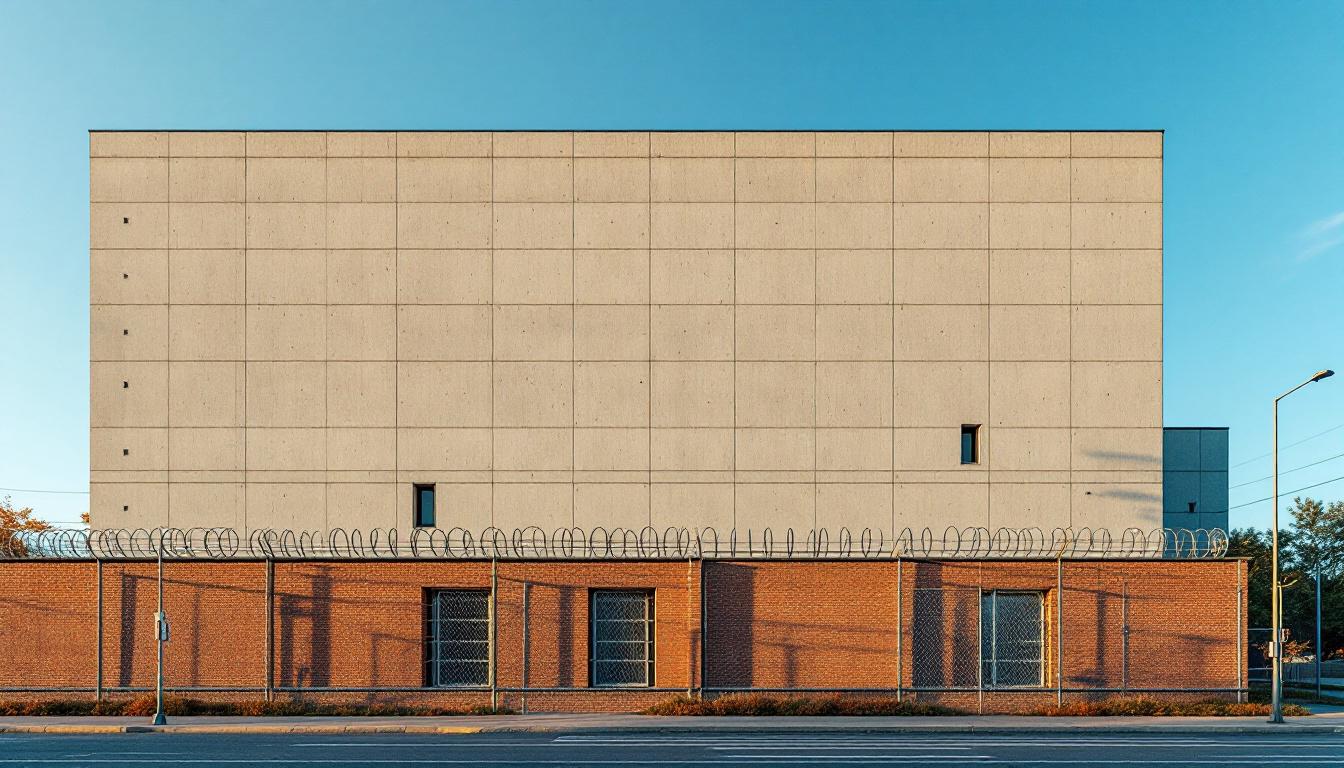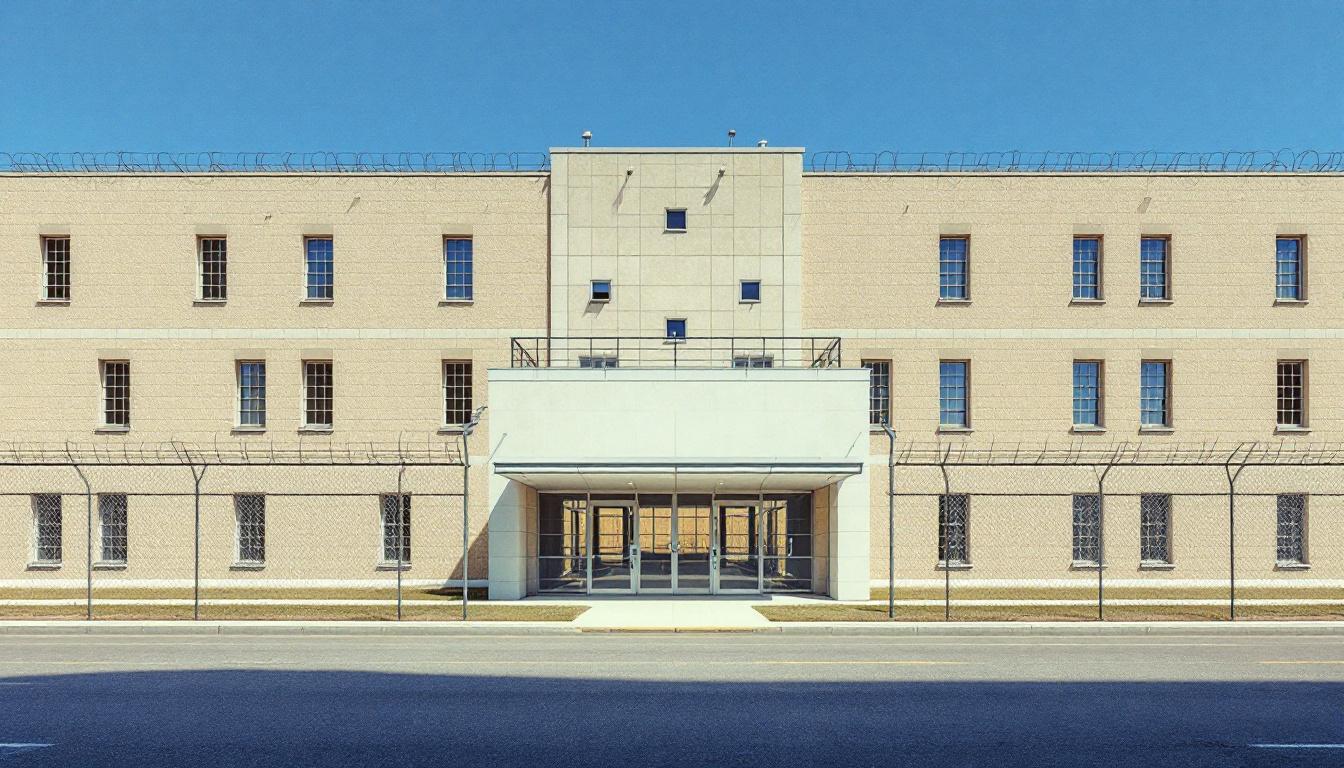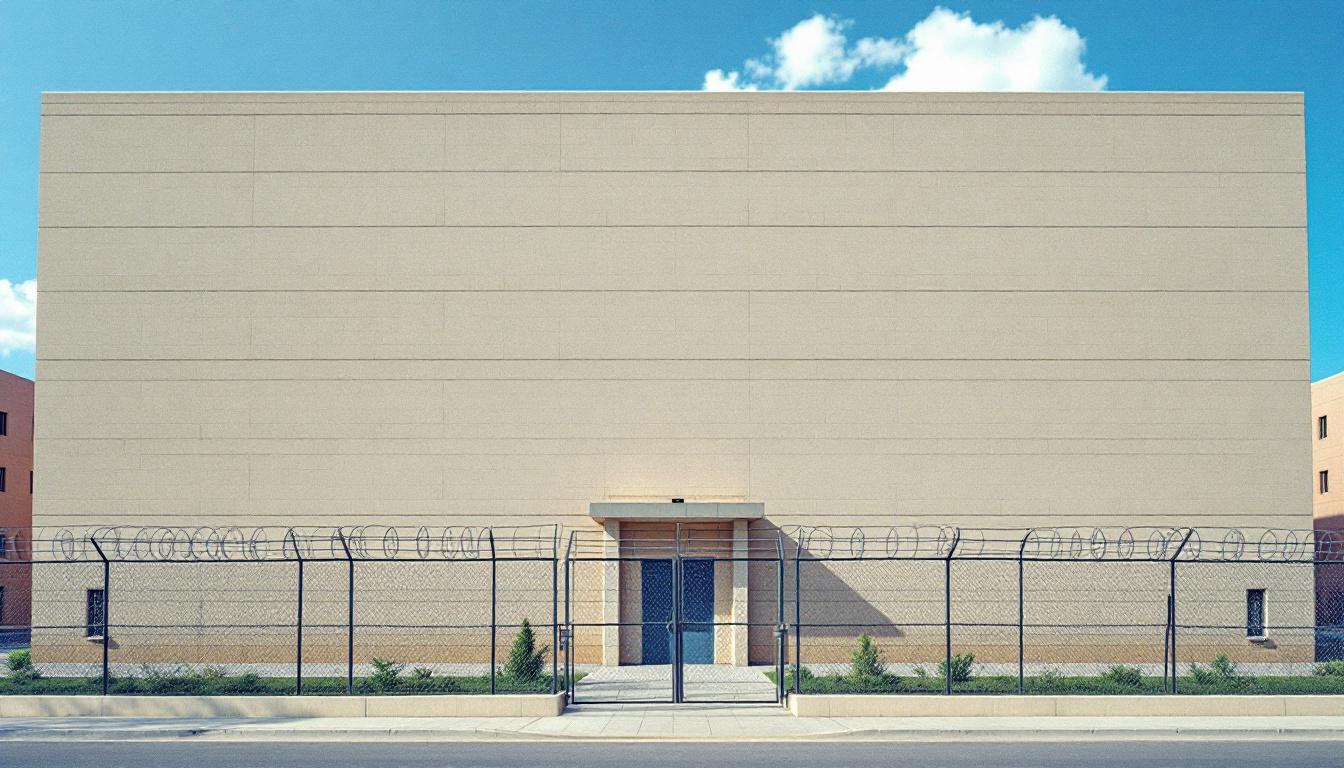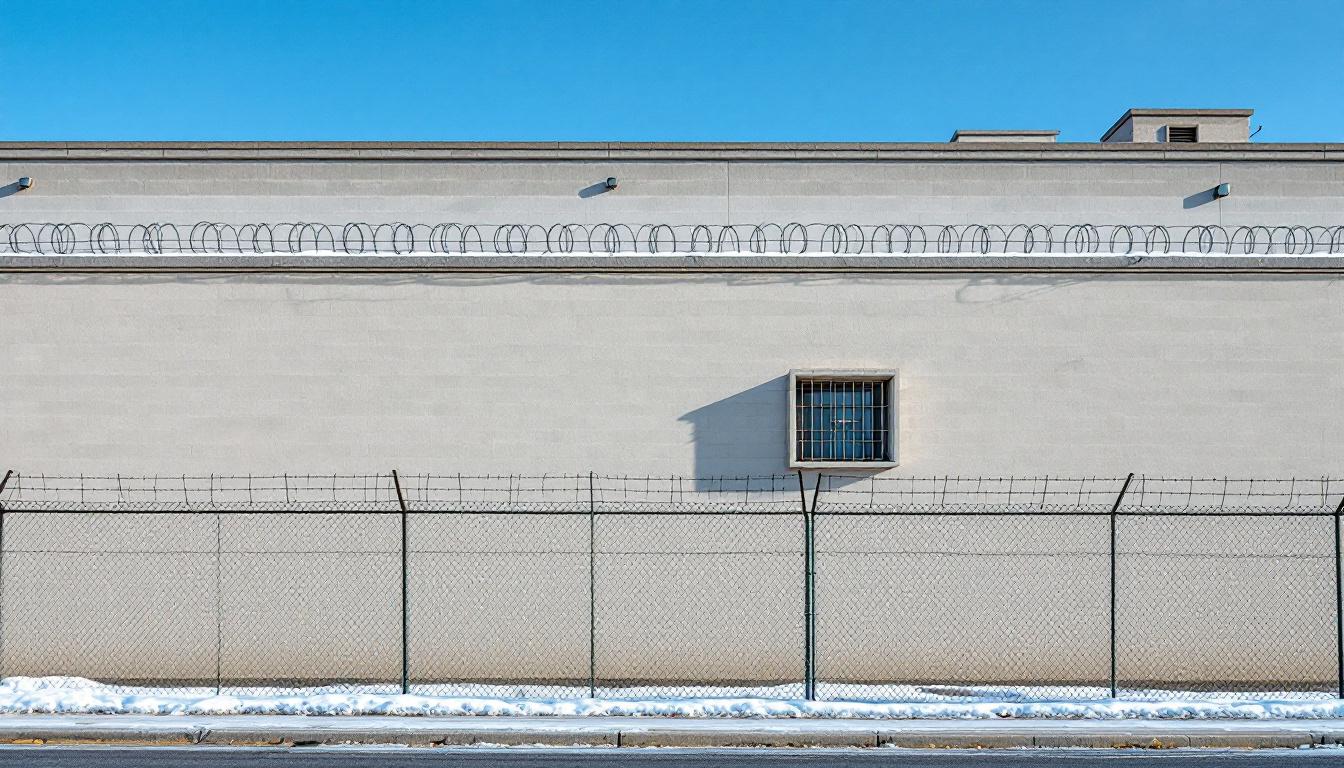
Quick Navigation
How to contact an inmate at Mayo C.I. Annex
This comprehensive guide will walk you through how to connect with an inmate at Mayo C.I. Annex. Follow the steps below to find an inmate and send letters and photos:
- Search for the inmate using our search tool below
- Create your account or log in to Penmate
- Write your message (up to 6,000 characters)
- Send instantly - inmates receive printed copies daily
Find an Inmate
Search for an inmate to start communicating today
Tip: You can search by first name, last name, or inmate ID number
To contact a person at Mayo C.I. Annex start by searching for the person on the official facility website. Perform a search by following these steps:
- Step 1: Enter their first name and last name into the search form and click "Search"
- Step 2: Locate their inmate record
- Step 3: Write down their Inmate ID and any housing information provided
Important! Be sure to enter the person's full name. Nicknames should not be used.
How to Send Messages to Inmates

You can use your phone or computer to send emails, letters, and photos to an inmate. Messages are sent electronically to inmate tablets or kiosks at the facility. If you would like to send a message, start by searching for an inmate at Mayo C.I. Annex.
Sending Photos and Postcards

A great way to send love and support to a loved one at Mayo C.I. Annex is to send photos and postcards. It only takes a few minutes to send photos from your phone and it makes a huge difference. You can also mail postcards with words of support and inspiration, or design your own postcard for special moments like birthdays and holidays.
Important! Be sure not to send any explicit photos or they may not be approved by the facility. You can also use a photo printing app like Penmate to make sure your photos are printed at the correct size (4x6 or 3x5) and are mailed according to the rules and regulations of Mayo C.I. Annex.
Frequently asked questions about Mayo C.I. Annex
-
How long does it take to deliver a message?
If you're sending an email message your letter is usually delivered within 24-48 hours. For messages sent via mail you should expect delivery within 3-7 days. All messages will need be approved by Mayo C.I. Annex.
-
How much does it cost to send a message to Mayo C.I. Annex?
You can send a message free using your phone or mail a message via USPS for the price of a $0.60 stamp and envelope. You can also purchase credits or e-stamps from services starting at $1.99.
-
What services can I use to contact an inmate at Mayo C.I. Annex?
Penmate
You can use Penmate to send letters and photos to an inmate from your phone. It's an easy way to stay in touch during your loved one's incarceration. Use the inmate locator to find an inmate's location and contact information, then you can send messages within a few minutes.
Securus messaging
Securus may be another option for communicating with an inmate at Mayo C.I. Annex. You can create a friends and family account and purchase credits to send messages. All messages will be reviewed and must be approved by the facility.
JPay
Some county jails and state prisons may support sending messages with JPay. You must register an account with the system, find your loved one, and purchase stamps to send messages. For some locations you can also attach photos.
Smart Jail Mail
You may also check if Smart Jail Mail is available at Mayo C.I. Annex. Smart Jail Mail is operated by Smart Communications and has contracted with some state and county jails. After purchasing credits, your messages and photos are sent to the facility, printed out, and then handed out to your loved one.
-
What is the mailing address of Mayo C.I. Annex?
Mailing address:
Mayo C.I. Annex
8784 US Hwy No. 27
Mayo, FL 32066
Phone: (386) 294-4500 -
What are the visiting hours at Mayo C.I. Annex?
Visiting hours at Mayo C.I. Annex vary by housing unit and security level. Generally, visits are scheduled on weekends and holidays, with some facilities offering weekday visits. Contact the facility directly at (386) 294-4500 or check their website for the current visiting schedule. Visits typically last 30-60 minutes and must be scheduled in advance.
-
What items are prohibited when sending mail to Mayo C.I. Annex?
Prohibited items typically include: cash, personal checks, stamps, stickers, glitter, glue, tape, staples, paperclips, polaroid photos, musical or blank greeting cards, hardcover books, magazines with staples, and any items containing metal or electronics. Only send letters on plain white paper with blue or black ink. Photos must be printed on regular photo paper (no Polaroids). Always check with Mayo C.I. Annex for their specific mail policies.
-
How do I send money to an inmate at Mayo C.I. Annex?
You can send money to an inmate at Mayo C.I. Annex through several methods: 1) Online using JPay, Access Corrections, or the facility's approved vendor, 2) Money orders mailed directly to the facility with the inmate's name and ID number, 3) Kiosks located in the facility lobby, or 4) Over the phone using a credit or debit card. Fees vary by method, typically ranging from $2.95 to $11.95 per transaction.
-
Can I schedule a video visit with an inmate at Mayo C.I. Annex?
Many facilities now offer video visitation as an alternative to in-person visits. At Mayo C.I. Annex, video visits may be available through services like Penmate, Securus Video Connect, GTL, or ICSolutions. Video visits typically cost $10-20 for 20-30 minutes and must be scheduled in advance. You'll need a computer or smartphone with a camera and reliable internet connection. Contact the facility for their specific video visitation policies and approved vendors.
-
What identification do I need to visit an inmate at Mayo C.I. Annex?
All visitors must present valid government-issued photo identification such as a driver's license, state ID, passport, or military ID. Minors must be accompanied by a parent or legal guardian who can provide the minor's birth certificate. Some facilities require visitors to be on the inmate's approved visitation list, which may require a background check. Contact Mayo C.I. Annex for specific ID requirements and visitor approval procedures.
-
How can I find out an inmate's release date?
To find an inmate's release date at Mayo C.I. Annex, you can: 1) Use the online inmate search tool if available, 2) Call the facility's records department, 3) Contact the inmate's case manager or counselor, or 4) Have the inmate provide this information during a call or visit. For privacy reasons, some facilities only release this information to immediate family members.
Facility Overview
Official Website
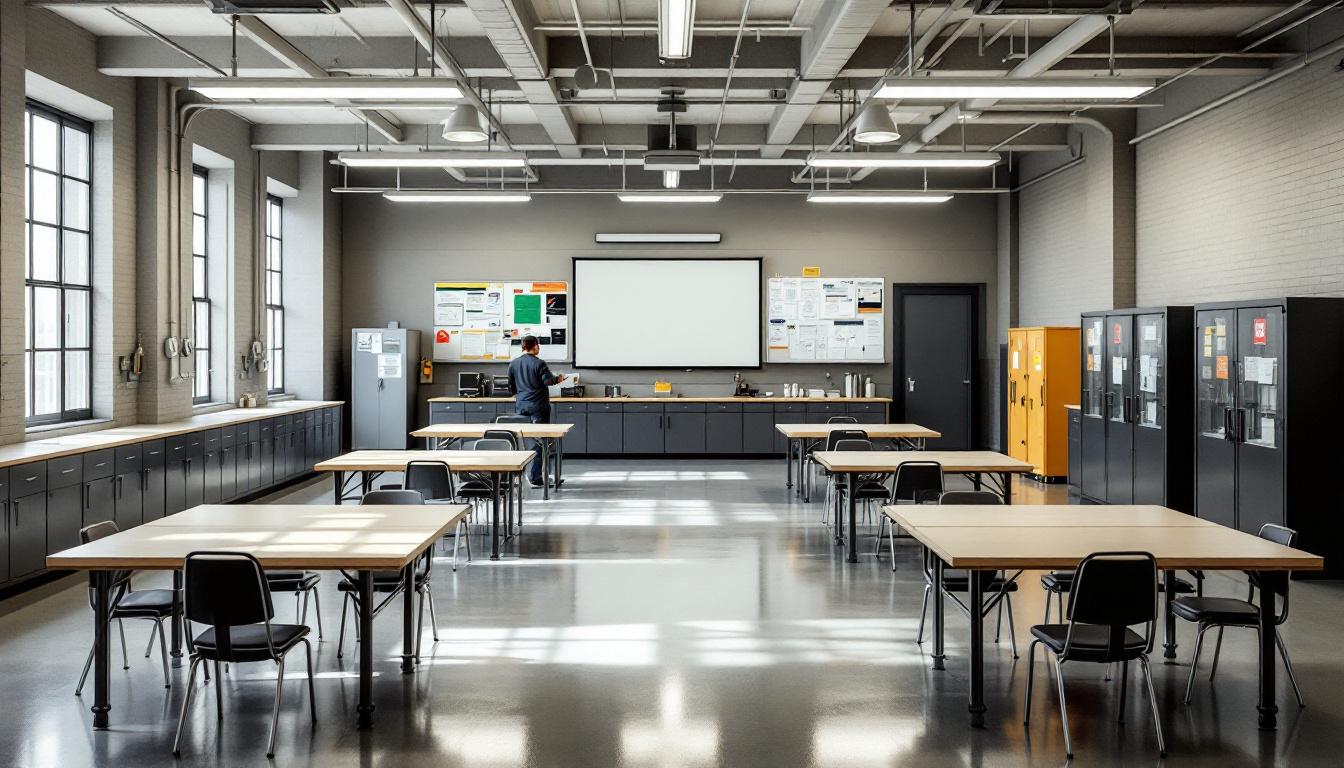
About Mayo C.I. Annex
Serving as a cornerstone within Florida's comprehensive correctional framework, Mayo Corrections Institution, FL operates with a fundamental commitment to maintaining secure custody while fostering pathways toward successful community reintegration. Located in the vibrant Tampa metropolitan area, this FL correctional facility draws upon the region's diverse resources and community networks to support its mission of public safety and offender rehabilitation.
The institution typically maintains a structured environment that balances security protocols with programming opportunities designed to address the varied needs of those incarcerated services. Educational initiatives may include basic literacy programs, GED preparation, and vocational training that aligns with employment opportunities common throughout the Tampa Bay region. Mental health services, substance abuse counseling, and life skills development often form integral components of the facility's rehabilitative approach, recognizing that successful reentry requires addressing multiple factors that contribute to criminal behavior.
As part of Florida's broader correctional network, Mayo Corrections Institution generally collaborates with local organizations and agencies to provide continuity of care and support systems that extend beyond incarceration. The facility's location within the Tampa area may offer advantages in terms of family visitation accessibility and potential employment connections upon release, factors that research suggests can significantly impact recidivism rates. Through its daily operations, the correctional institution strives to fulfill its dual mandate of protecting public safety while preparing individuals for productive citizenship upon their return to the community.
Programs & Services
Transformative pathways toward personal development and successful community reintegration form the cornerstone of offerings at Mayo Correctional Institution. The facility's comprehensive approach recognizes that meaningful change occurs through structured opportunities that address both immediate needs and long-term goals. Through carefully designed programming, those incarcerated can engage in purposeful activities that foster skill development, personal accountability, and preparation for productive citizenship upon release.
Educational advancement opportunities typically encompass literacy enhancement, high school equivalency preparation, and various vocational training programs that may furnish participants with marketable skills. These academic offerings often include computer literacy instruction and career readiness workshops designed to strengthen employment prospects. The facility's educational framework emphasizes practical application, ensuring that those incarcerated can translate their learning into concrete advantages when seeking employment and pursuing further personal development.
Also available are therapeutic interventions, particularly substance abuse treatment programs that address underlying issues contributing to criminal behavior. Work release opportunities may provide eligible participants with supervised employment experiences that facilitate gradual reintegration into community life. Reentry preparation services typically include comprehensive planning assistance, while identification document assistance helps ensure those preparing for release possess necessary documentation for successful community transition. These support services collectively create a structured environment where personal growth and positive behavioral change can flourish through consistent engagement and professional guidance.
Daily Life & Visitation
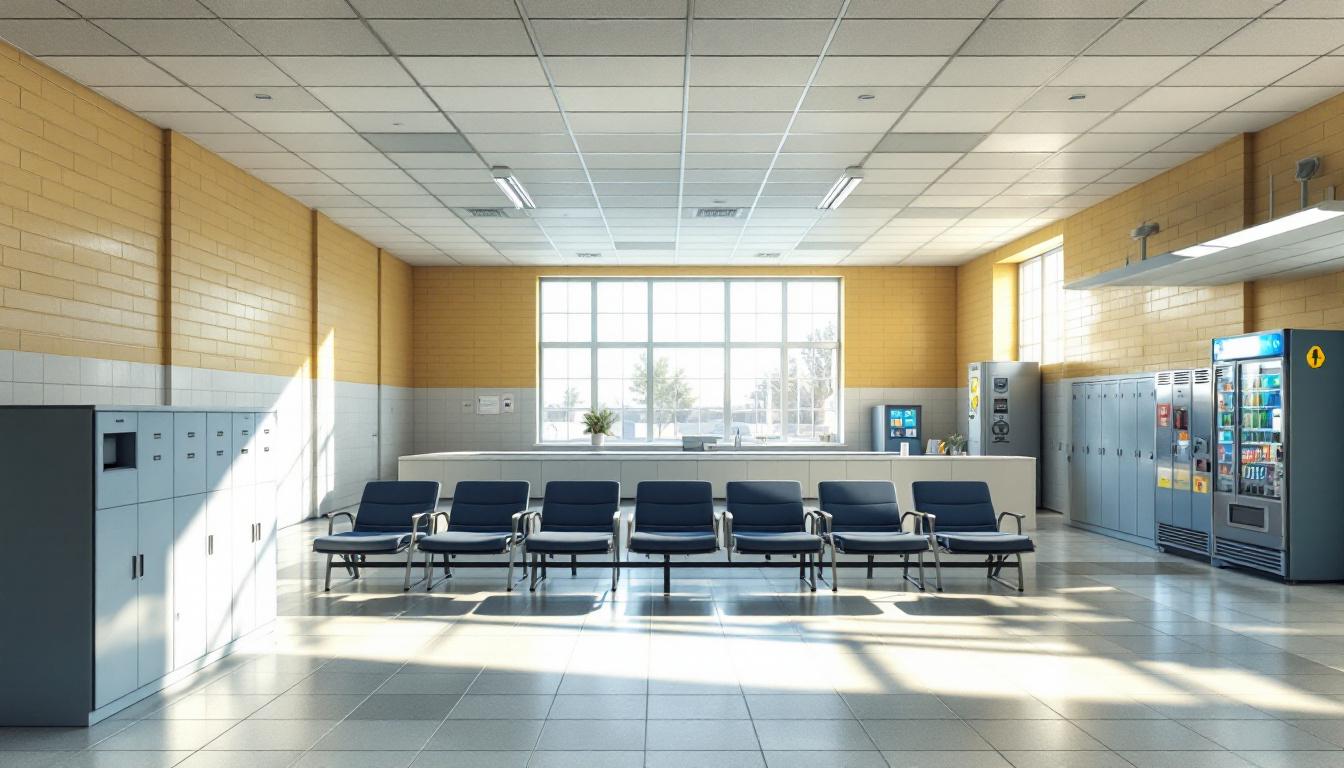
Strong family bonds and community connections remain vital anchors for those incarcerated at Mayo Correctional Institution, where structured social interactions help maintain important relationships with the outside world. The facility's environment now revolves around established routines that regularly incorporate opportunities for meaningful communication with loved ones, while fostering a sense of community among residents through shared activities and collaborative work assignments. Those incarcerated typically begin their days with early morning counts and meal service, followed by structured programming schedules that may include educational classes, vocational training, or work assignments that furnish both purpose and social interaction throughout the facility.
Housing arrangements generally consist of dormitory-style accommodations or smaller housing units where those incarcerated share living spaces with others, creating natural opportunities for social connections and peer support systems. Meal times typically bring residents together in common dining areas, where conversations and friendships often develop over shared experiences and mutual encouragement. Also, recreational periods usually provide structured opportunities for physical exercise, sports activities, and leisure time that allow for relationship building and stress relief within the facility's community setting.
However, perhaps the most significant aspect of maintaining outside connections involves the facility's visitation programs and communication systems, which typically allow those incarcerated to receive visits from family members and friends during designated periods. Regular phone calls and correspondence generally provide additional means of staying connected with support networks, while participation in various programs may offer opportunities to develop new skills alongside fellow residents. Also, work assignments within the facility often furnish collaborative environments where those incarcerated can build positive relationships while contributing to the daily operations of the institution, creating a sense of shared responsibility and community purpose.
Ready to Connect?
Start communicating with your loved one today
Search for an Inmate
